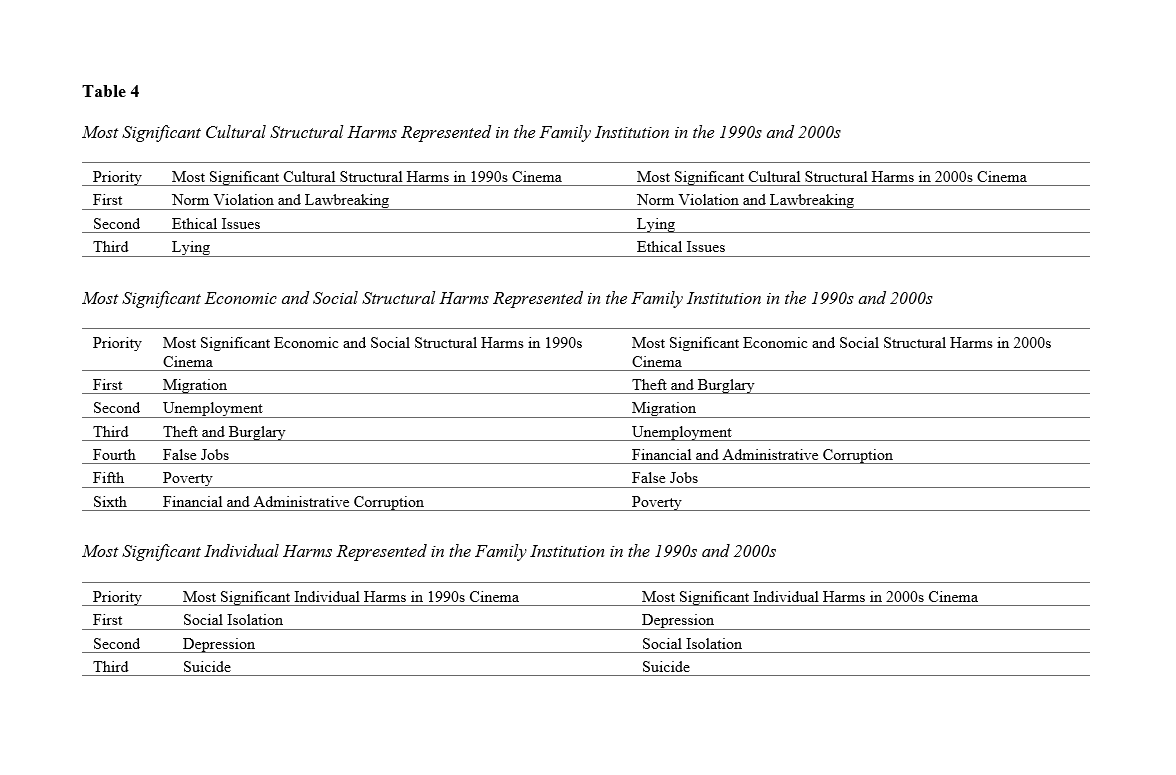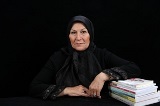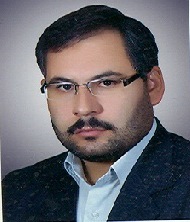Comparison of the Representation Rankings of Social Harms Threatening the Family Institution in Iranian Cinema during the 1990s and 2000s
Keywords:
Iranian cinema, social harms, content analysis, 1990s, 2000s, family institutionAbstract
Objective: This study aims to analyze and compare the representation of social harms threatening the family institution in Iranian cinema during the 1990s and 2000s. The primary objective is to explore the evolution of these representations across two decades, reflecting broader social and cultural changes in Iranian society.
Methods:
The research utilizes a quantitative content analysis method to systematically examine a sample of 40 Iranian films—20 from the 1990s and 20 from the 2000s. These films were selected to represent a broad cross-section of Iranian cinema. Data were collected using a structured coding sheet, focusing on the depiction of various social harms, including norm violation, lawbreaking, migration, unemployment, divorce, infidelity, delinquency, and more. The analysis was conducted using SPSS software to identify trends and shifts in the portrayal of these issues over time.
Findings: The findings indicate a significant shift in the representation of social harms in Iranian cinema from the 1990s to the 2000s. In the 1990s, the most prominently depicted social harms were norm violation, lawbreaking, migration, and unemployment. By the 2000s, the focus shifted to divorce, infidelity, and delinquency, reflecting changing social dynamics and concerns in Iranian society. The study also found that while certain issues, such as violence and prostitution, remained relevant across both decades, their representation in cinema evolved, reflecting broader societal changes.
Conclusion: This study demonstrates that Iranian cinema serves as a crucial medium for reflecting and critiquing social issues, with the portrayal of social harms evolving in response to changing societal concerns. The findings highlight the dynamic relationship between cinema and society in Iran, with films playing a vital role in both mirroring and influencing public discourse on social issues.
Downloads

Downloads
Additional Files
Published
Submitted
Revised
Accepted
Issue
Section
License

This work is licensed under a Creative Commons Attribution-NonCommercial 4.0 International License.


























